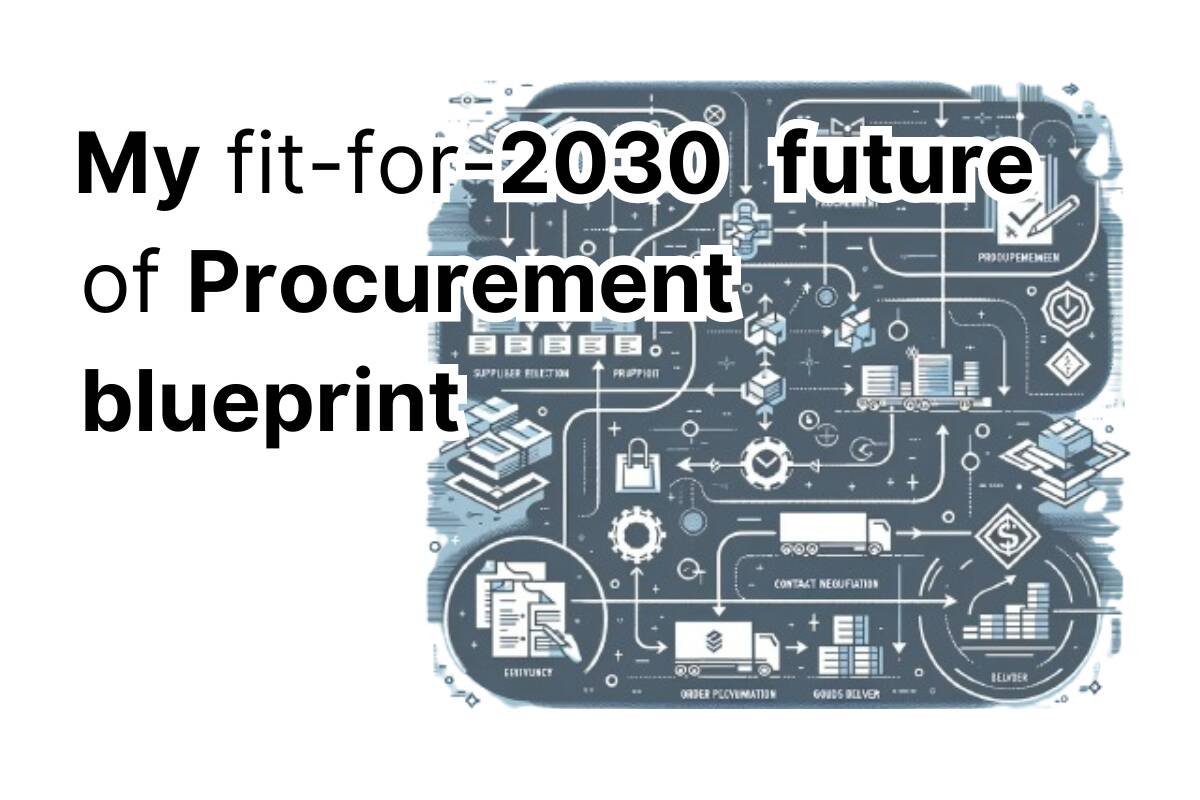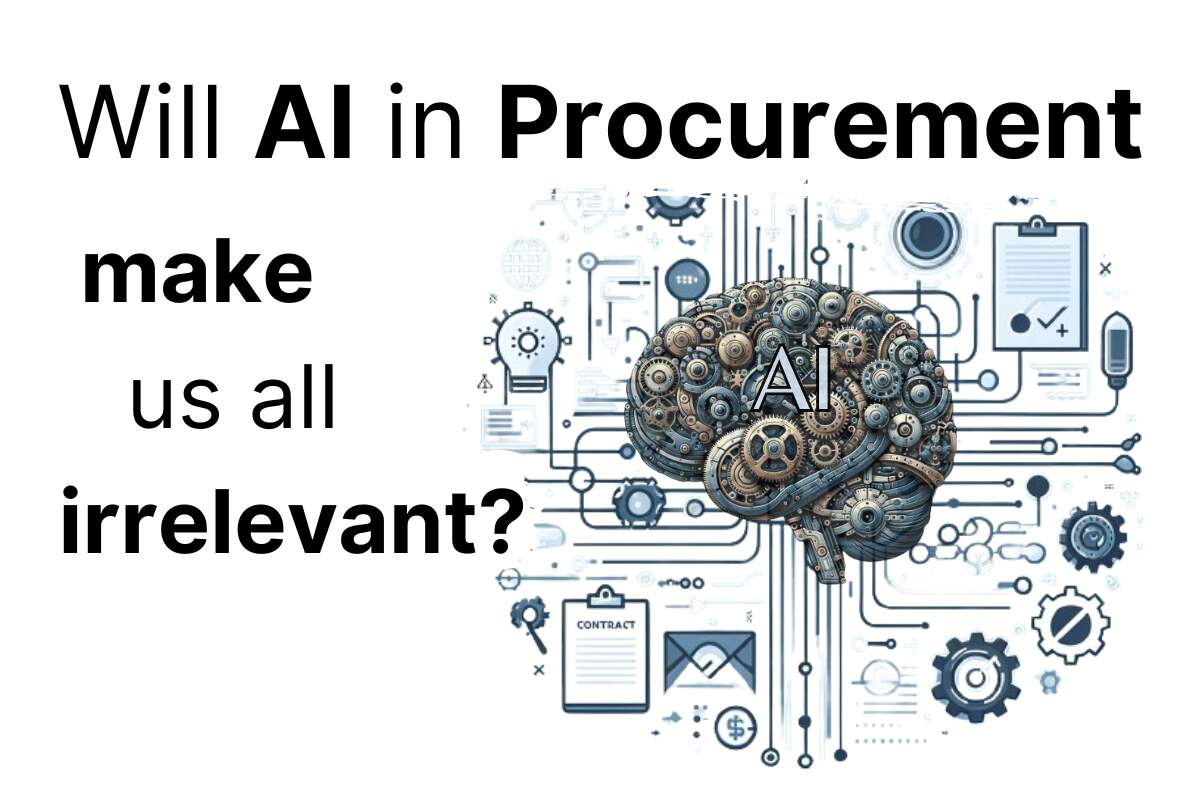Finance and Procurement are two functions which should, and must, work more closely together. The sad fact is that we often don’t seem to be natural allies. What’s more, we often end up having a fractious relationship with one another.
So, with that in mind, I took to my collective hive mind that is my LinkedIn network with the following question: Why this is the case? And, how we can improve it?

Finance and Procurement: the opportunities and challenges to be allies
Let’s approach this using my background from the automotive industry!
First, we need to recognise and diagnose the problem. So, we’ll look first at the root cause. Why is it that finance and procurement aren’t watertight partners in most organisations? What is at the heart of this relationship not being more strategic or collaborative?
Then we’ll go on to summarise where some of the opportunities for closer collaboration can be found. How much cash is potentially being left on the table?
Finally, we’ll run through how this can be achieved in reality based on both theoretical and practical examples.
Why don’t Finance and Procurement work more closely together?
Siloed thinking and lack of communication is a big one, as Aylin points out.

At its worst, this can manifest itself in narrow-mindedness, usually coming from either the CFO or CPO. In reality though, something as simple as a business partner between both functions can break the deadlock. This helps to open the door to a more collaborative working relationship.
Bettina was a Finance professional before founding Berlin-based spend management startup Hivebuy. She goes one step further and says that Procurement and Finance definitely see each other, but don’t necessarily understand one another.

Lack of accounting and financial reporting acumen among procurement professionals is one that I didn’t think of intitially.

After Jeremy highlighted this though, I agree wholeheartedly. I’ve worked in procurement for 20 years and while I understand macroeconomics very well, my grasp of management accounting principles is poor. I’m not the only one, I’m sure!
Where can we look for some easy alignment?
Rich Ham, CEO of outsourced indirect spend management company Fine Tune, puts it really well.
Operations and accounting are three disparate parts of organizations that are simply not equipped to efficiently share information and work together so that individual expenses are optimally managed. This fundamental disconnect between them is costing millions and impacting the growth of companies everywhere.
The start of every fruitful partnership is speaking the same language and understanding everyone’s goals. All three functions – Finance, Procurement and Operations – are focused on delivering the best possible products and services at the lowest cost. The ways that each of these functions measures their success, however, are markedly different.
That’s the fundamental problem. Well, that and having the means to measure progress. Which brings us back to that old chestnut, data. Having clean data, accessible to everyone, is an essential, non-negotiable foundation. Understanding your spend is the ideal starting point.
Sure, good data won’t magically solve fractious interdepartmental relationships. It does, however, give you the ability to kick on and have fact-based discussions around what good looks like.
What gets measured gets managed.
But ONLY if you’re able to link the data to fully-aligned objectives and deliverables.
What are the contentious topics between Finance and Procurement?
There are a few which immediately spring to mind.
1. Cost avoidance
Let’s get this one out of the way first. Anyone who doesn’t report or recognise cost avoidance in some way is, quite frankly, both a fool and borderline commercially illiterate.
There will never be a perfect way to recognise this contribution. And yes, Finance will never think of it as a “saving” because it’s not. However, by not having a mechanism to track this, you will disincentivise any procurement manager working on non-repeatable spend. If it doesn’t have a last price paid or standard cost, you need to find another way of tracking this.
Yes, it will be imperfect and somewhat grey. No, it doesn’t matter. It’s not going into your audited accounts.
Pierre Laprée from Per Angusta talks at length about this way back on one of the early episodes of The Procuretech Podcast (link).
2. 12-month savings reporting
Any cost savings are usually only recognised for a 12-month window.
In the best case, this leaves longer-term services contracts to be ignored beyond year 1 other than day-to-day management. In the worst case, this approach is wide open to front loading savings during the first year, resulting in increasing costs as the contract matures.
I don’t need to tell you that this is counterproductive to the greater good of the business.
3. Payment terms
Finance usually wants to stretch payment terms to optimise days payable outstanding (DPO). Procurement, in our defence, usually wants to treat the supplier fairy and pay smaller, loyal and well-performing suppliers on shorter terms.
Add to this the inevitable “you’ve paid us late for the last year” rabbit that suppliers pull out of a hat when you’re trying to negotiate better pricing or contract terms.
No easy answer, but having some P2P automation software to reduce time and human error in both requisition-to-order and accounts payable can help. Also, having an agreed early payments discount matrix and a clear policy of when it’s OK to bend the rules on standard payment terms is essential.
4. Procurement is responsible for more than savings
Procurement is pivoting from being a purely cost reduction-focused department. As it evolves into more of a total value management and strategic supplier management function, Finance must recognise this. This will likely be the subject of a white paper at some point in the future!
This was also something highlighted by Mathew.

Natalia expands on this, and outlines perfectly some areas where procurement teams drive value beyond just P&L-visible cost savings.

How can we work towards being allies?
Firstly, by acknowledging, discussing and addressing the 4 areas of conflict above is a great starting point. This will build empathy between procurement and finance teams.
It goes beyond that though.
Joint management of external spend with Procurement as custodians for this, in a more holistic approach together with Finance, could be the key. This is one of the great contributions that Christoph suggested.

Clive ,who is also a procuretech founder with an innovative negotiation training startup Lavenir.ai, succinctly points out five ways that Finance and Procurement collaboration can become world class..

There is also a new YouTube channel which aims to tackle this topic. One of the hosts, Richard Beaumont, is a compere for a couple of well-known procurement events in Europe. I’ve linked their first video below.
Should Procurement report to the CFO?
This one is almost another article in itself, which I will hopefully write in the future.
I have a lot of thoughts on this, but I’ll keep it brief here.
In an ideal world, the Chief Procurement Officer should report directly to the CEO. However, we don’t live in an ideal world. CEOs spend very little time thinking about procurement (link) and supply chain in general. So, let’s deal with the cards we’ve been dealt with.
In service industries, there’s no real viable alternative. Who else could the function theoretically report to? Internal Audit or Legal? Somebody shoot me. We would be the best paid administrative assistants and bureaucrats in the company. The CIO? Possibly, I suppose, if a large percentage of the spend is on IT.
So, here I’m going to say that yes, Procurement should report to the CFO.
When it comes to manufacturing businesses, a reporting line into the CFO is sub-optimal. There are too many moving parts, if you’ll excuse the pun.
Even in companies with a low procurement maturity, there will very likely be an SVP of Supply Chain sitting on the Board. This is the natural home of Procurement, especially as we move away from purely cost reduction and more towards strategic supplier management. Failing this, the COO or President of an individual Business Unit would be my compromise choice.
Will Finance and Procurement ever be allies?
Yes, I think they can, will and should be.
There will always be contentious issues. The financial markets, banks, auditors and management accounting principles all require CFOs to focus on certain different priorities. With that being said, much of Procurement’s work aligns with Finance’s objectives.
As with most things, communication, mutual respect and understanding is the key.
Operating outside of silos, embracing technology to eliminate non-value-added work, having a business partner as the bridge between both functions, and embedding wider business goals and objectives into Procurement’s operating model are all good places to start.


